When you’re out in nature, whether hiking, backpacking, or camping, your tent is your home away from home. But no matter how beautiful the scenery, nothing ruins a trip faster than a messy, chaotic tent. Staying organized on the trail isn’t just about comfort it’s about safety, efficiency, and maximizing your enjoyment outdoors.
We’ll break down 18 of the best tent ideas to stay organized on the trail, along with expert tips and product suggestions. We’ll also answer 9 frequently asked questions to help you avoid clutter, manage gear, and keep your tent a haven of calm in the wild.
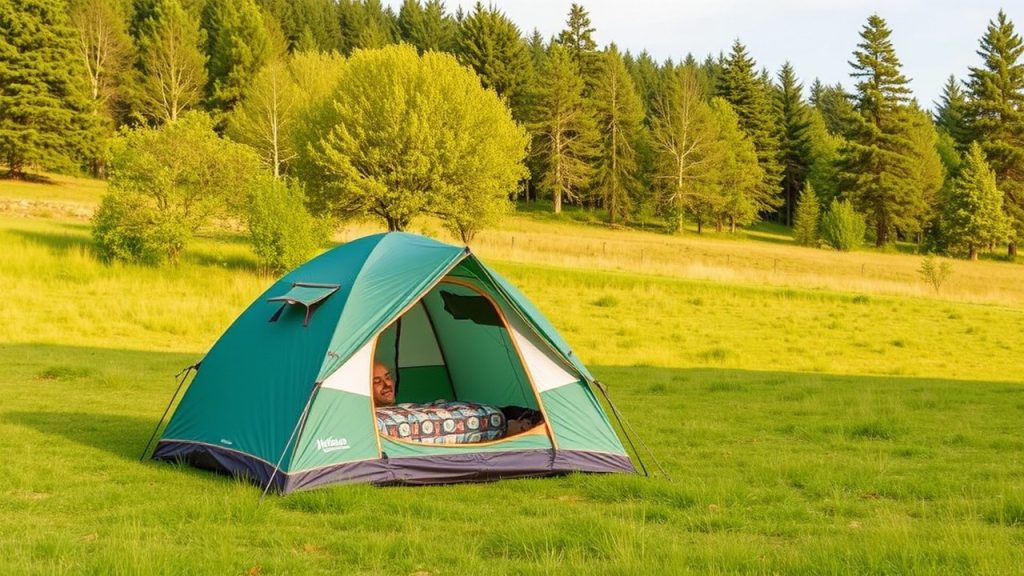
Why Tent Organization Matters
Before we jump into the ideas, let’s talk about why organizing your tent is so important on the trail.
- Safety: A messy tent can become a tripping hazard, especially at night.
- Efficiency: You’ll spend less time searching for gear and more time enjoying nature.
- Comfort: A tidy tent means you can rest better, stay warmer, and reduce stress.
- Gear Protection: Proper storage prevents gear damage and helps keep items dry and functional.
- Leave No Trace: Staying organized makes it easier to pack up responsibly and reduce environmental impact.
With those benefits in mind, let’s dive into the best ideas to turn your tent into a streamlined, comfortable space.
18 Best Tent Ideas to Stay Organized on the Trail
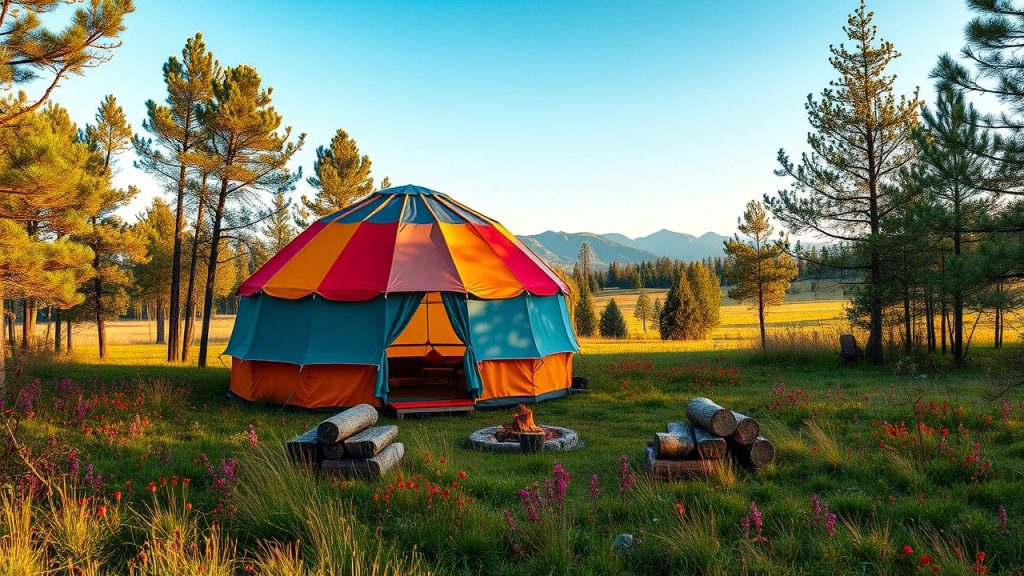
1. Use a Tent With Built-In Gear Pockets
Many modern tents come with mesh pockets sewn into the walls. Use these for small essentials like headlamps, maps, snacks, or glasses. They keep gear off the floor and easy to grab in the dark.
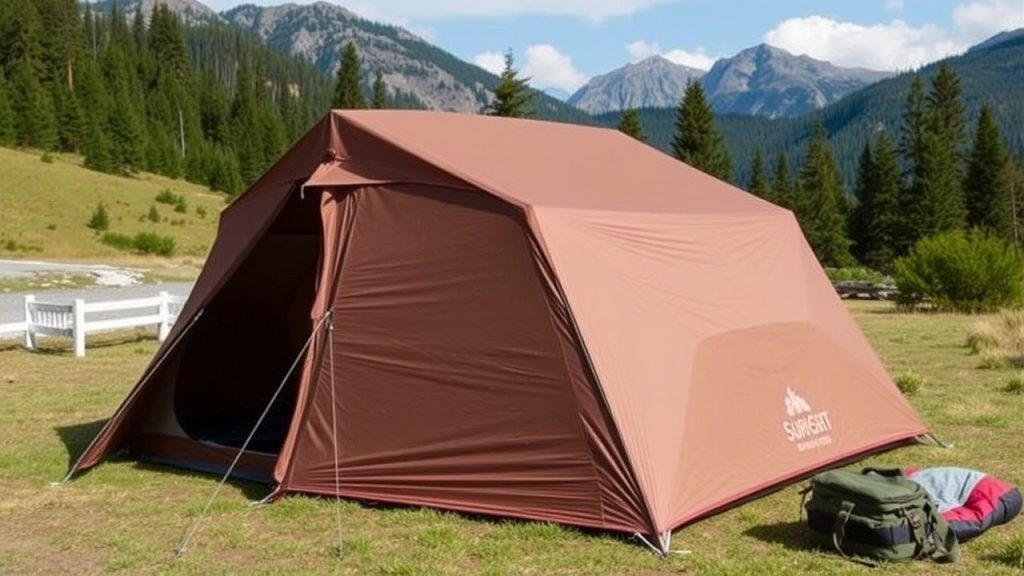
2. Hang a Gear Loft or Organizer
A gear loft is a mesh shelf that clips into the top of your tent. It’s perfect for lightweight items like hats, gloves, or books. Many tents have attachment points ready, or you can buy universal gear lofts.
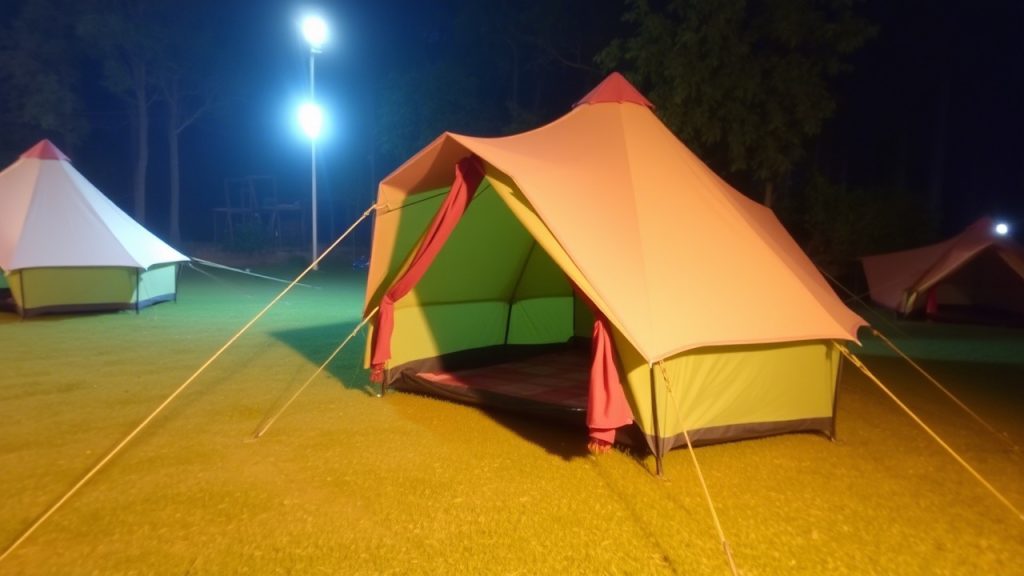
3. Pack Compression Sacks
Compression sacks are a lifesaver for bulky items like sleeping bags or clothes. By squeezing out extra air, they reduce volume and keep your tent floor clear.
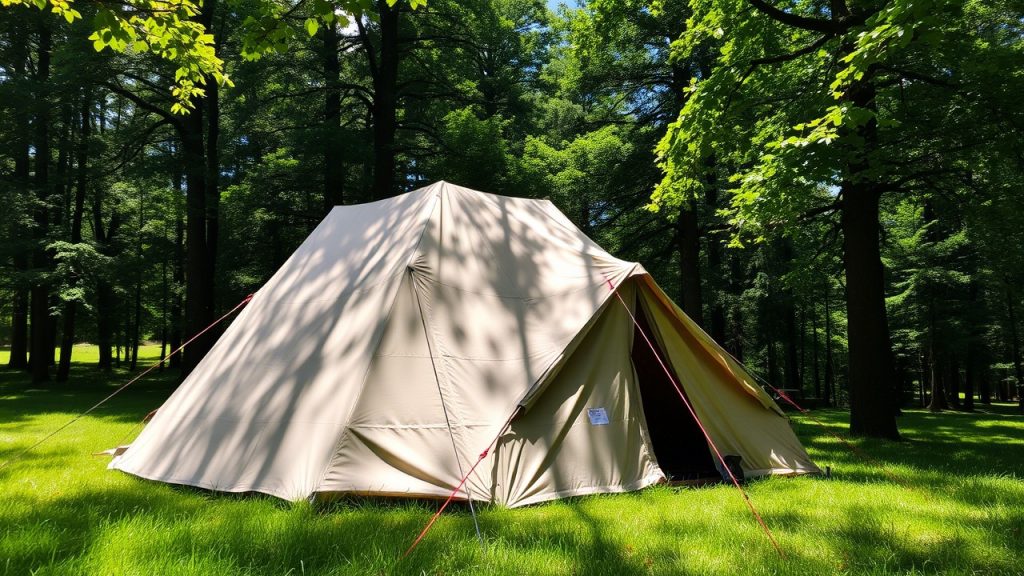
4. Bring Lightweight Storage Bins or Cubes
Soft-sided storage cubes help divide gear into categories: toiletries, electronics, food, clothes. They keep things organized and are easy to stack or tuck into corners.
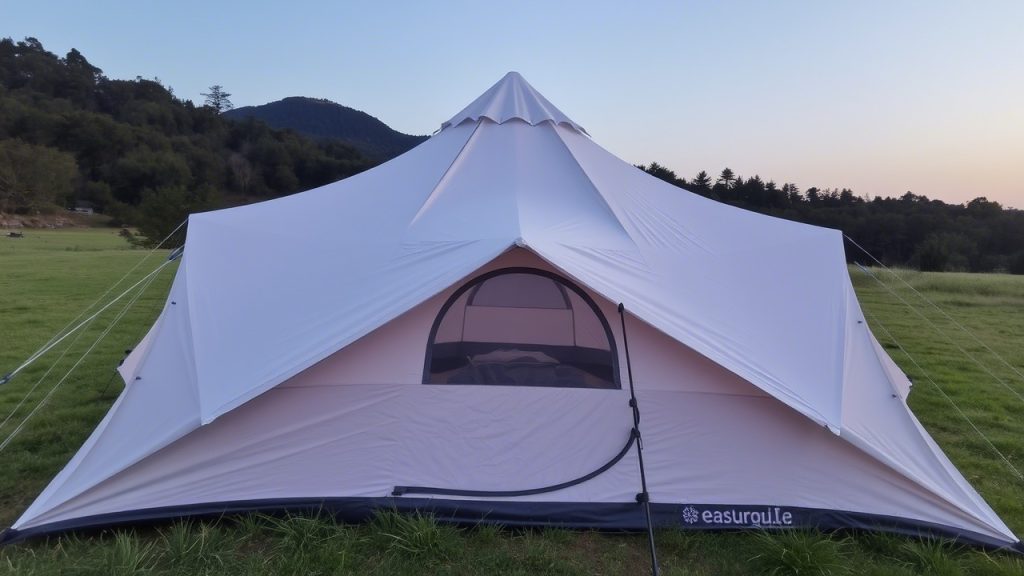
5. Use a Tent Footprint or Groundsheet
A footprint isn’t just for tent protection — it also defines your space. Leave muddy boots or wet gear on the footprint just outside the tent, keeping your sleeping area clean.
6. Set Up a Vestibule Area
Choose a tent with a vestibule or set up a tarp extension. Store boots, packs, and cooking gear in the vestibule to keep them handy but out of the sleeping zone.
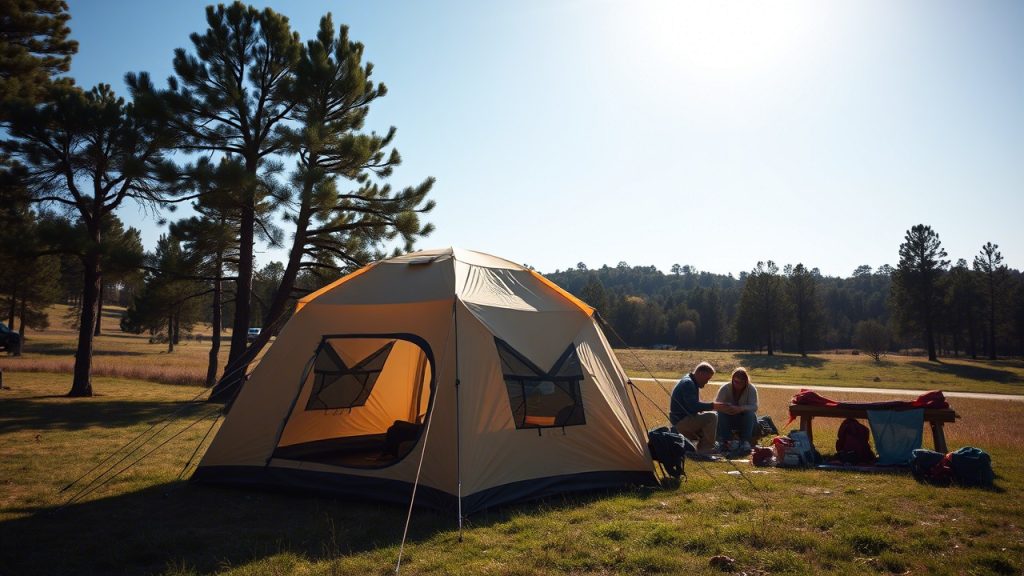
7. Install Hanging Hooks or Clips
Lightweight carabiners or S-hooks can be clipped to tent loops or ridgelines. Hang lanterns, wet socks, or mugs from them to free up floor space.
8. Use Color-Coded Dry Bags
Color-coded dry bags let you sort gear by category: red for first aid, blue for clothes, yellow for food. They also help keep essentials dry during rain or river crossings.
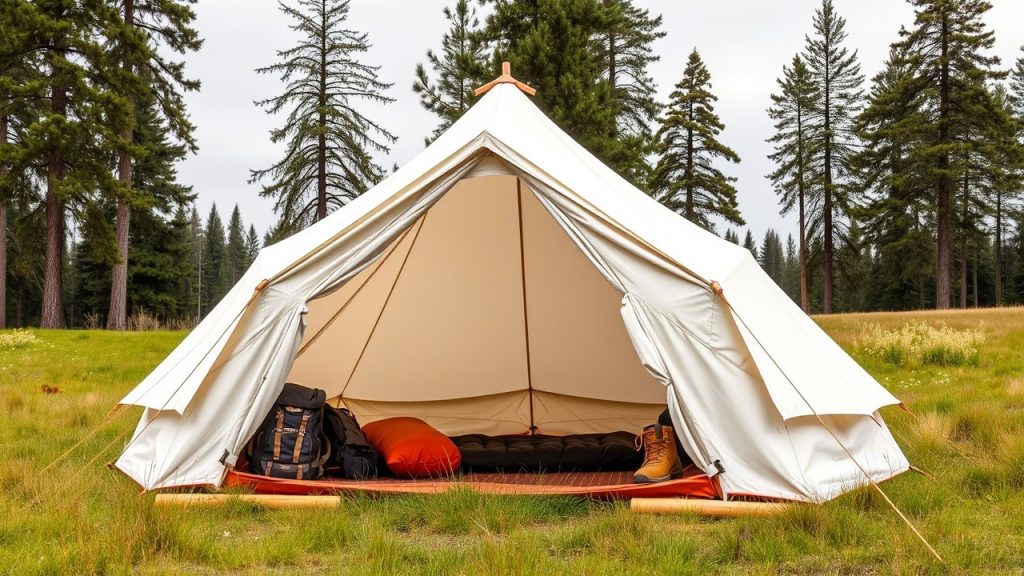
9. Employ a Shoe Organizer
For car camping or basecamp setups, a small hanging shoe organizer works wonders. Hang it from a nearby tree or inside your vestibule to store toiletries, snacks, or tools.
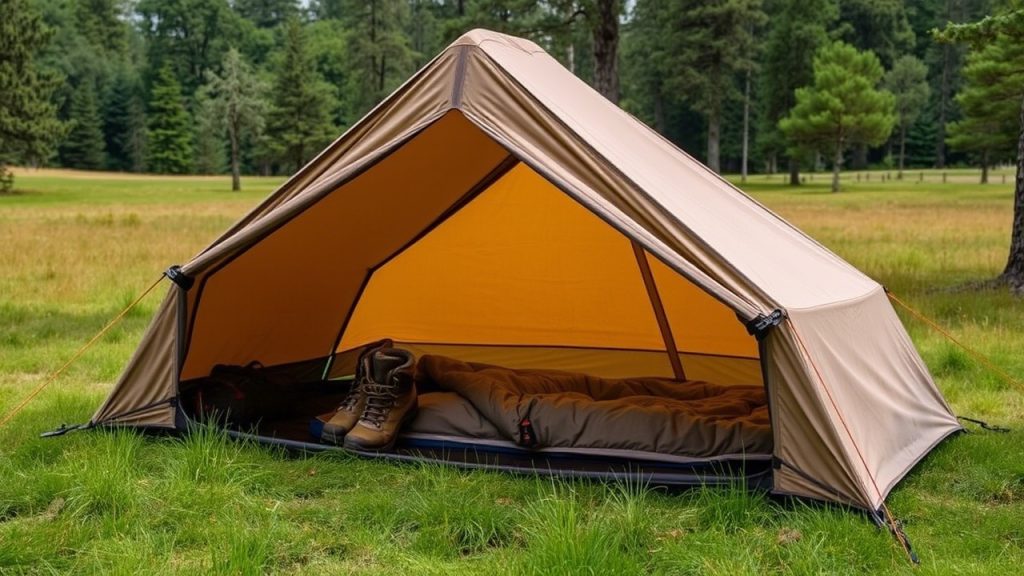
10. Bring a Compact Folding Table
If you have room, a small foldable table can help keep stoves, mugs, or lanterns off the ground, creating a clean workspace outside the tent.
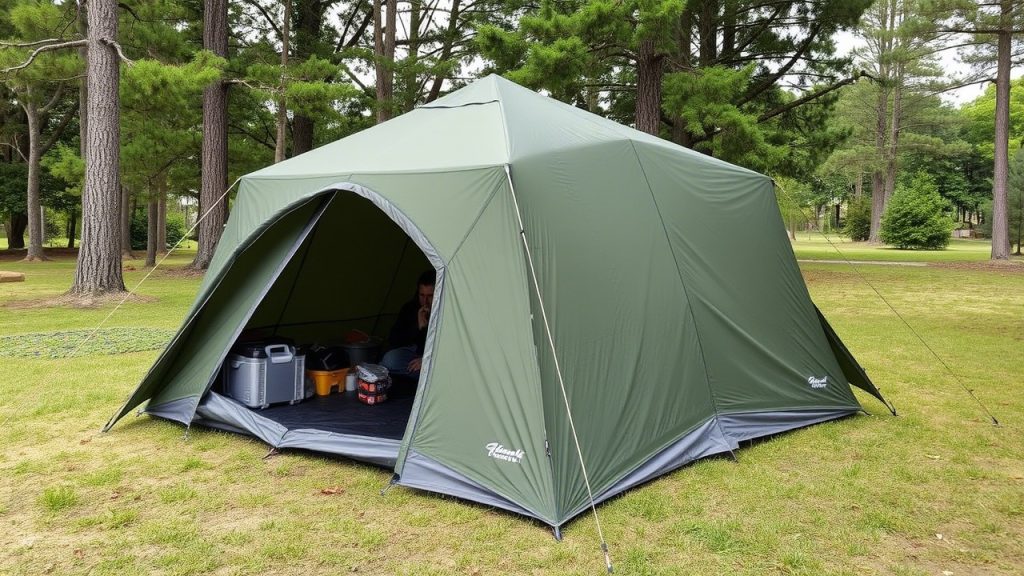
11. Roll Clothes Instead of Folding
Rolling clothes instead of folding saves space, reduces wrinkles, and makes it easier to pack and pull items from your bag or storage cubes.
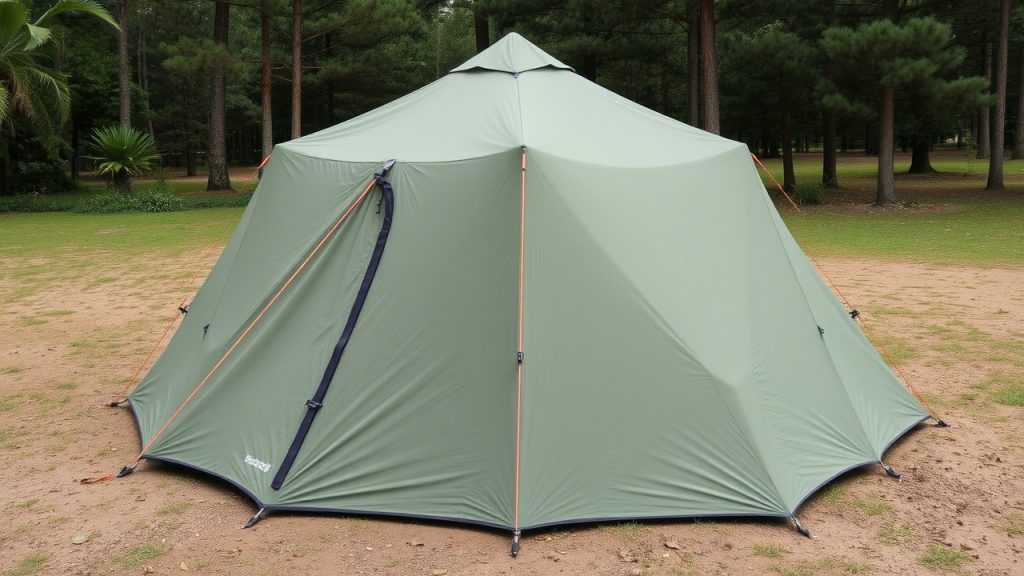
12. Use a Stuff Sack as a Pillow
Save space by stuffing extra clothes into a soft sack to create a pillow. This keeps clothes organized and gives you dual-purpose gear.
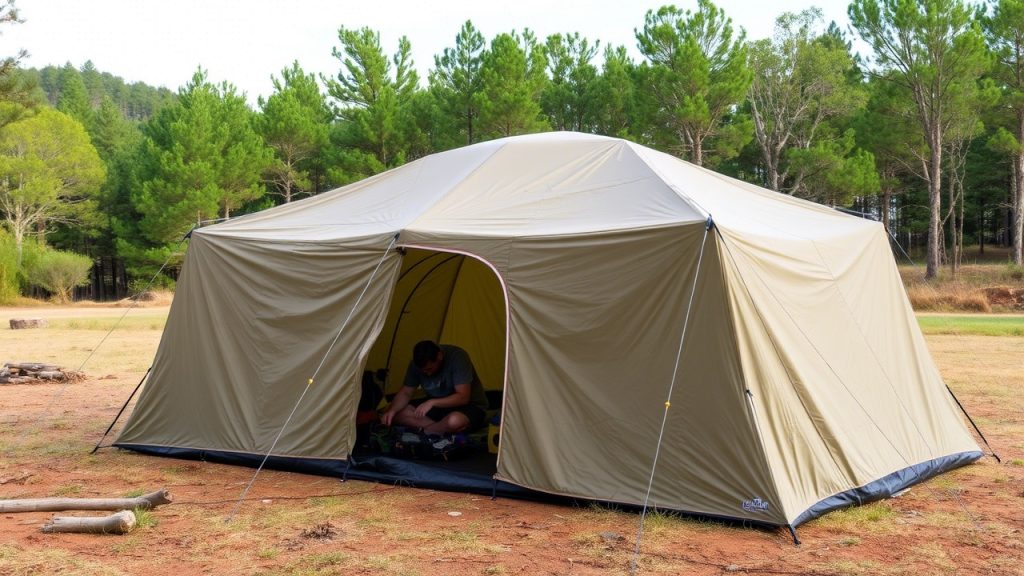
13. Practice the “Everything in Its Place” Rule
Designate a place for each item — headlamp always in the pocket, stove always in the vestibule, first aid kit always at the door. Good habits prevent clutter.
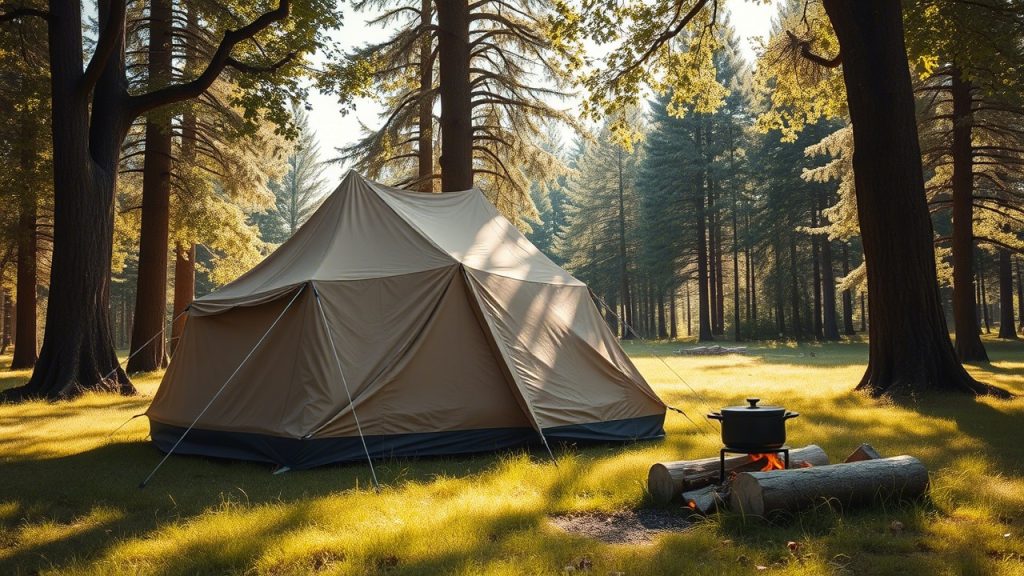
14. Pack a Lightweight Broom and Dustpan
Especially for desert or beach camping, a mini broom helps sweep out sand, dirt, and debris, keeping your tent cleaner and more organized.
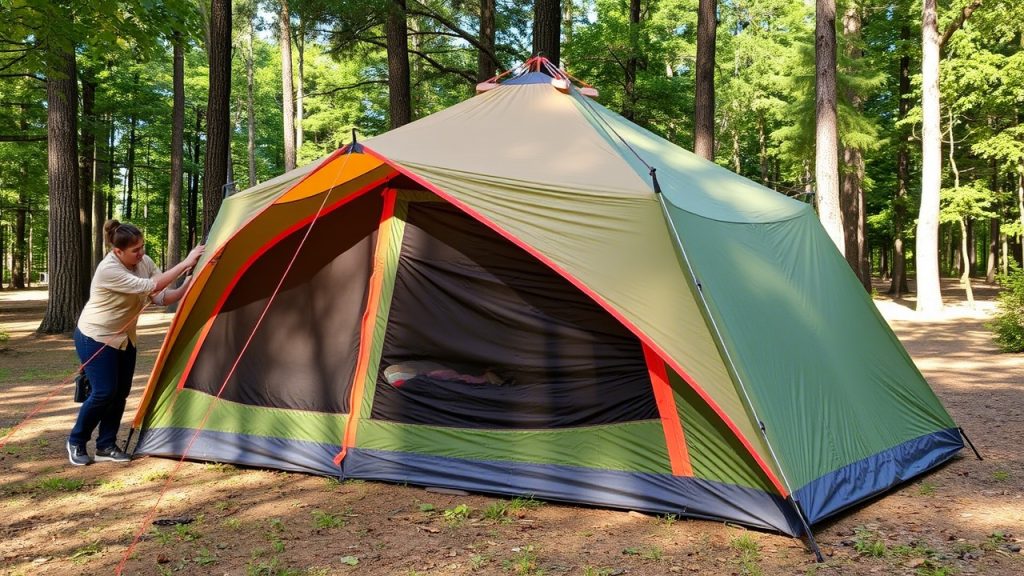
15. Use a Trash Bag or Dedicated Waste Container
Keep a designated trash bag near the tent entrance to collect wrappers, food scraps, and litter. This helps maintain order and follows Leave No Trace principles.
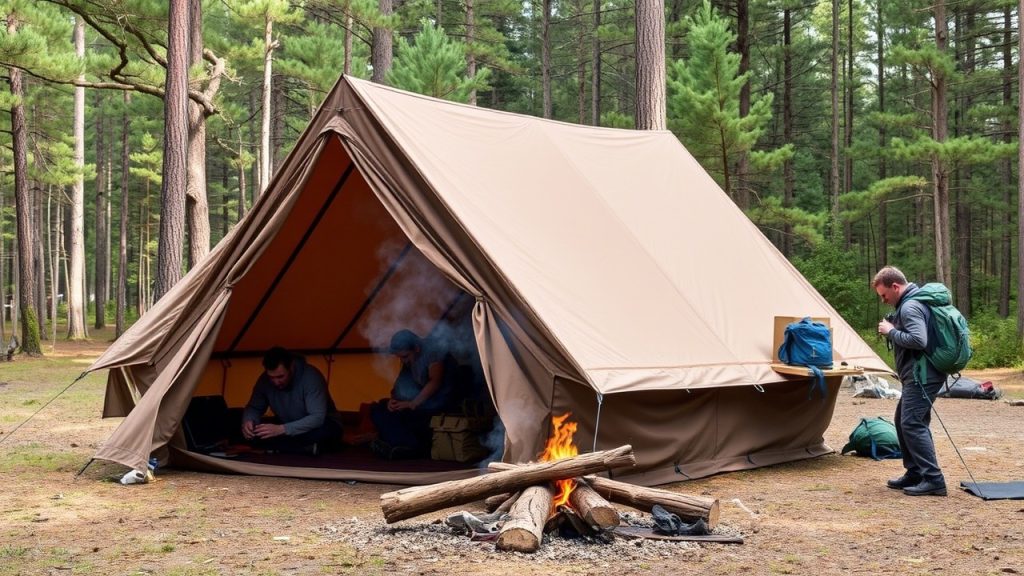
16. Store Food Away From the Tent
While it’s tempting to keep snacks handy, always store food in bear-proof containers or hung from a tree, away from your sleeping area. This reduces mess and keeps wildlife safe.
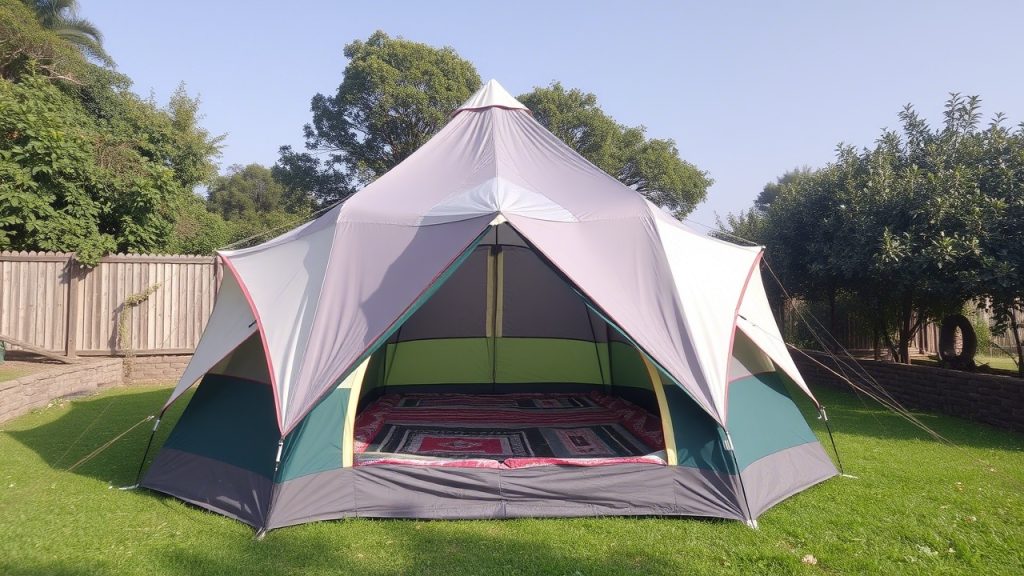
17. Label Gear With Your Name or Color
If camping with a group, label your gear with colored tape or name tags. This reduces mix-ups and keeps your personal space organized.
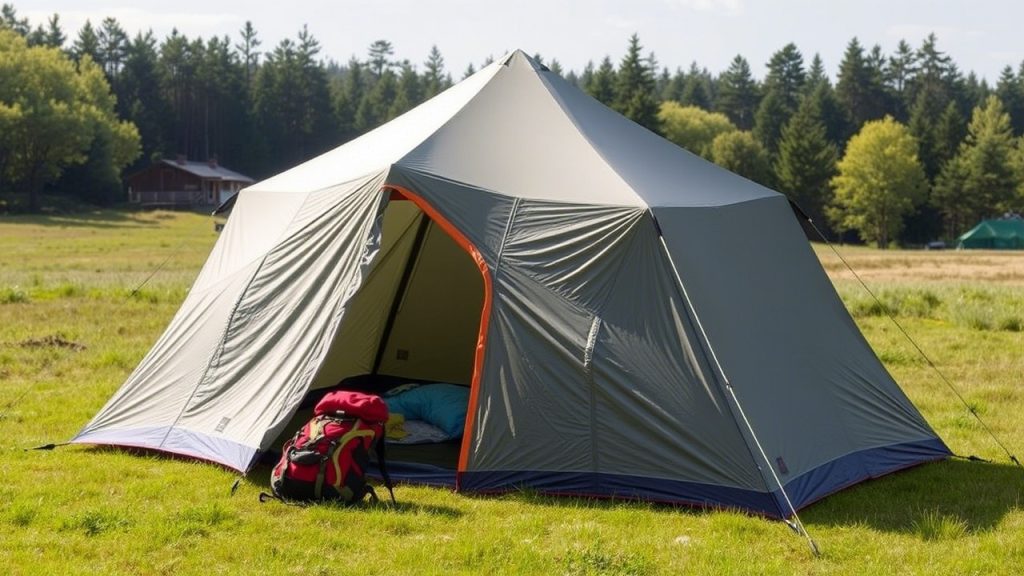
18. Do a Nightly Tidy-Up
Before bed, spend five minutes reorganizing your tent. Return gear to pockets, sweep debris, and prep essentials like a headlamp or water bottle for the night. You’ll sleep better and wake up to a calm space.
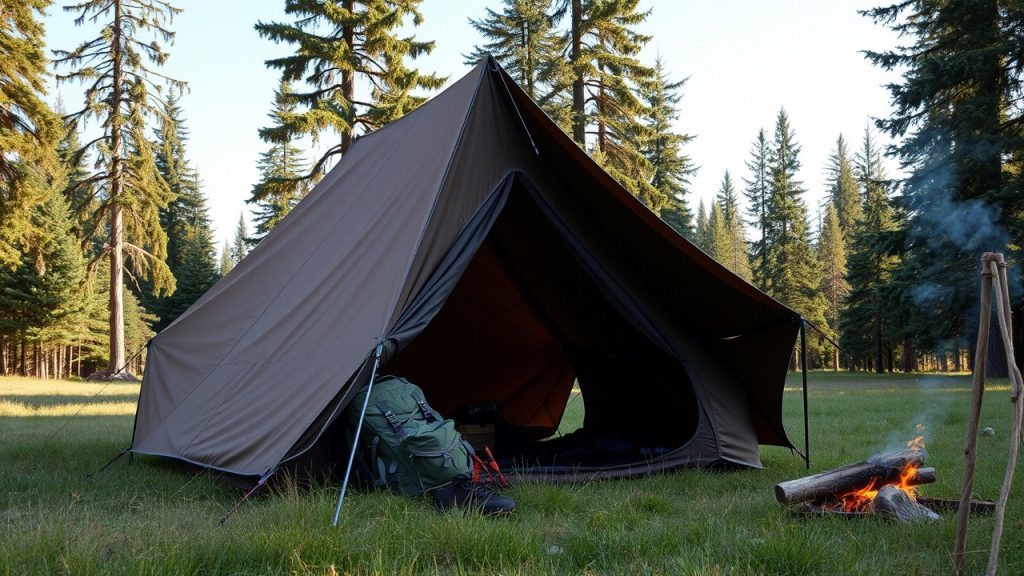
Bonus Tips for Tent Organization
- Pack Light: The less you bring, the easier it is to stay organized.
- Use Multi-Use Items: Choose gear that serves multiple functions to cut down on clutter.
- Practice at Home: Before hitting the trail, set up your tent in the backyard and test your organization system.
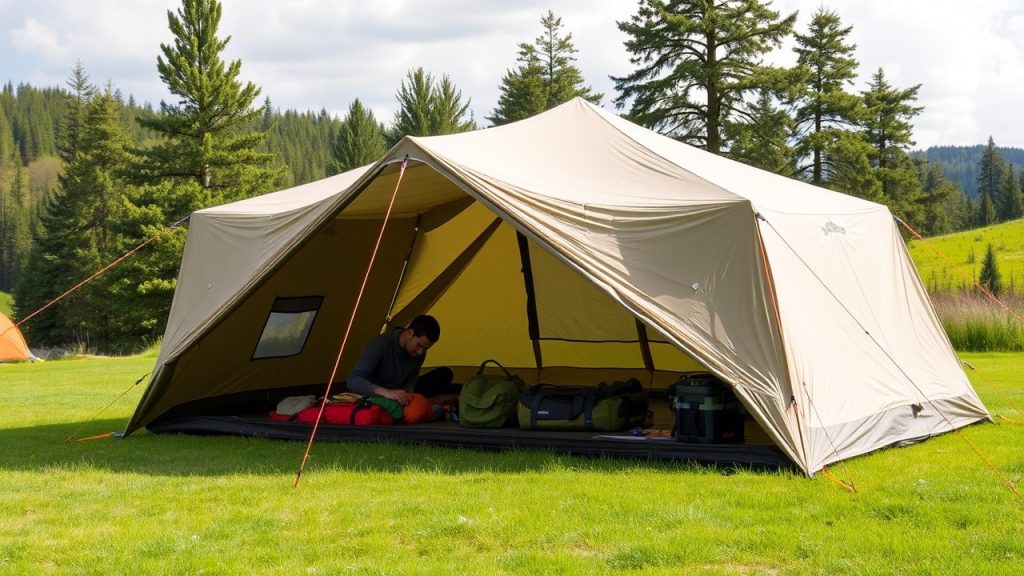
Best Tent Models With Built-In Organization
If you want to upgrade your gear, consider these tents that shine when it comes to storage and organization:
- Big Agnes Copper Spur HV UL2: Known for its multiple pockets, gear loft, and roomy vestibule.
- MSR Hubba Hubba NX: Excellent internal pockets and a functional two-door design.
- REI Co-op Half Dome SL 2+: Spacious with integrated storage and a user-friendly layout.
- NEMO Dagger OSMO: Unique Divvy Cube stuff sack and stash pockets for tidy packing.
- Kelty Dirt Motel 2: Includes a gear loft and smart, efficient interior storage.
9 Frequently Asked Questions
1. How can I keep my tent clean and organized on a rainy trip?
Use a vestibule or tarp to store wet gear outside, keep a microfiber cloth for wiping down shoes, and pack wet clothes into dry bags. A compact broom can help sweep out mud.
2. Should I store my backpack inside the tent?
If possible, store it in the vestibule. This keeps it dry but frees up floor space inside. Only bring it inside if it’s at risk of theft or severe weather.
3. What’s the best way to organize a small tent?
Use hanging organizers, mesh pockets, and compression sacks. Prioritize essential gear near your head or door, and keep nonessentials packed away.
4. How do I keep food safe and organized at night?
Store food in a bear canister or hang it in a bear bag away from the tent. Inside the tent, keep non-food items like utensils in a separate dry bag to avoid cross-contamination.
5. How can I avoid losing small items in the tent?
Designate mesh pockets or small zip pouches for essentials like keys, headlamps, and chargers. Always return them to the same spot after use.
6. What’s the best way to organize a family tent?
Use separate storage bins or duffels for each person, hang a central gear loft, and set up a shared trash bag or dirty laundry sack to avoid clutter.
7. Do ultralight tents have organization features?
Many ultralight tents still include mesh pockets or loops for a gear loft, though space is limited. Use ultralight stuff sacks and minimalist organization strategies to stay tidy.
8. How can I organize a tent for winter camping?
Keep critical gear like gloves, hats, and stoves easily accessible. Use insulated storage for batteries and electronics. Shake off snow before bringing gear inside.
9. What’s the best lighting solution to avoid clutter?
Choose lightweight, rechargeable lanterns or headlamps with hooks. Hang them from a gear loft or loop so you’re not fumbling with loose lights.
Final Thoughts
A well-organized tent can transform your outdoor experience, making it safer, more comfortable, and a lot more enjoyable. By using smart storage strategies, packing intentionally, and setting up good habits, you’ll spend less time digging through piles of gear and more time soaking in the beauty of the trail.
Whether you’re a weekend camper or a seasoned backpacker, these 18 tent organization ideas will help you master your campsite, stay tidy, and make every adventure smooth and memorable. Happy trails!





